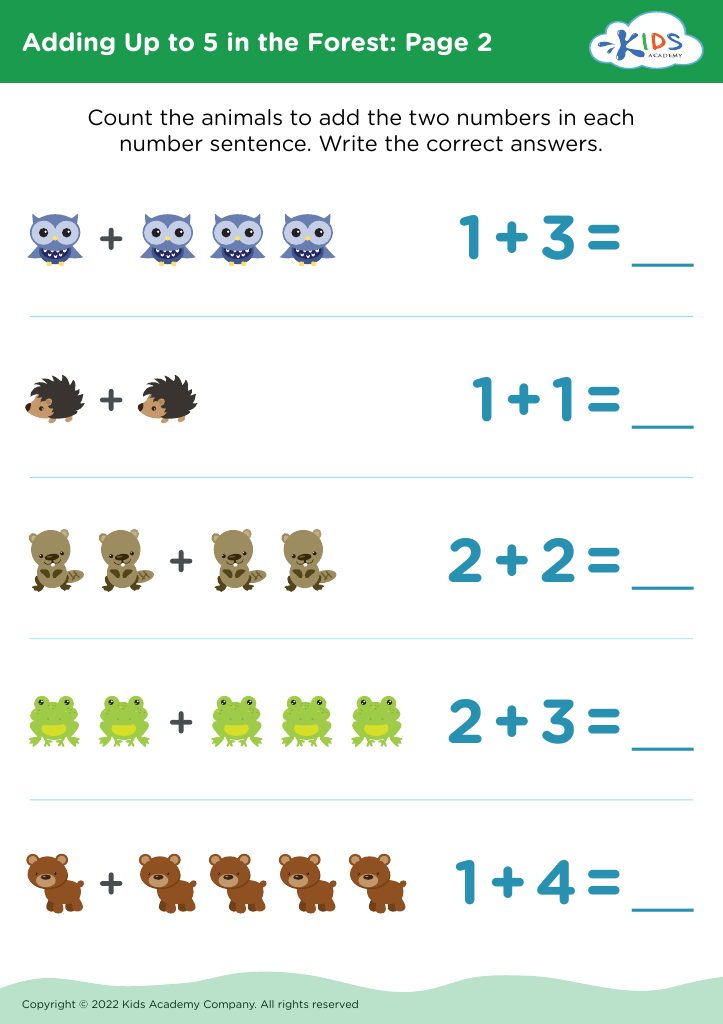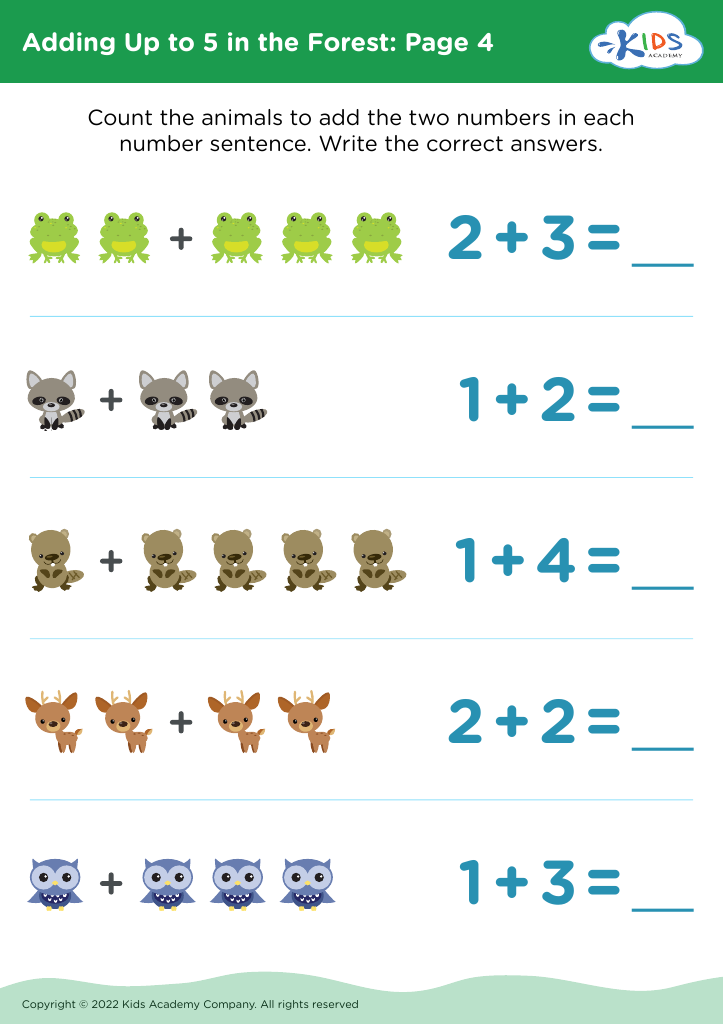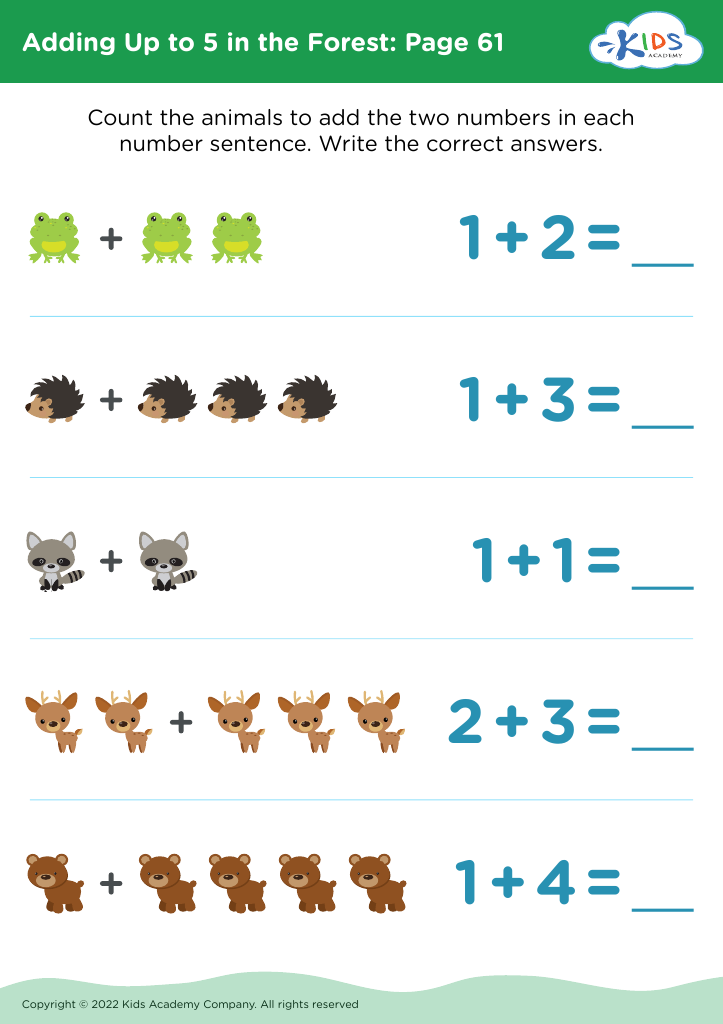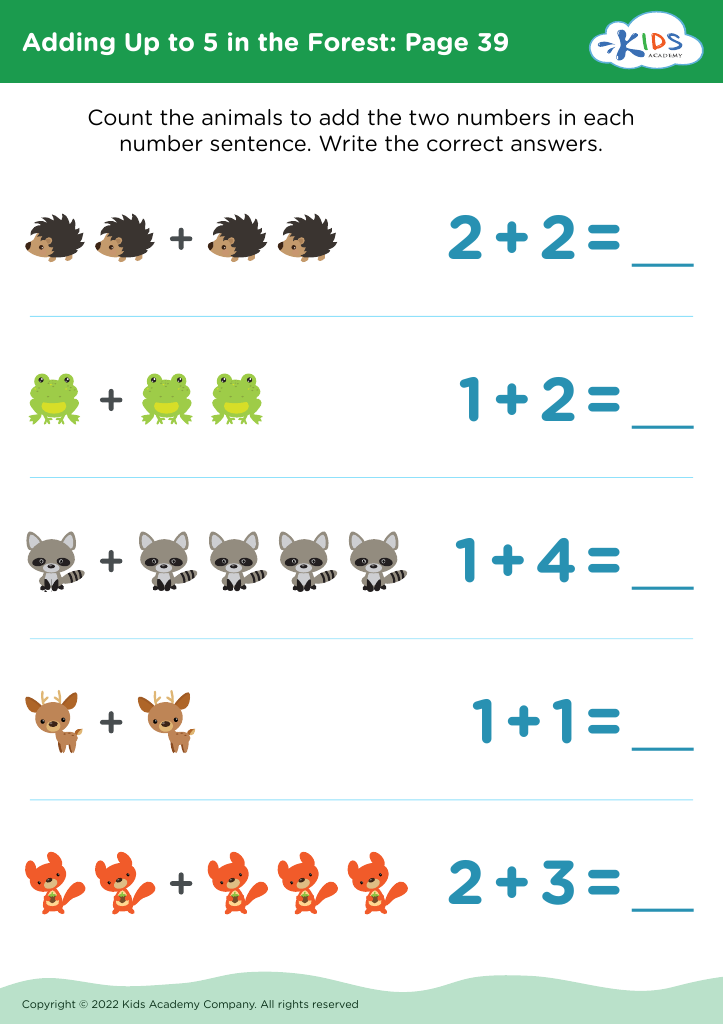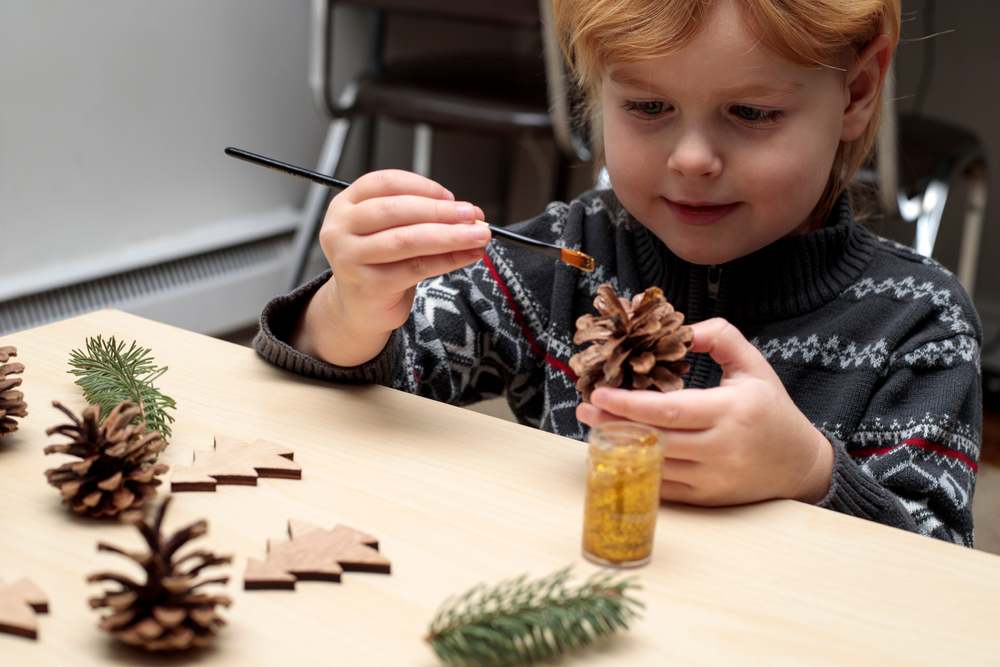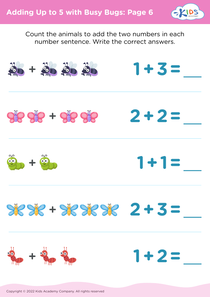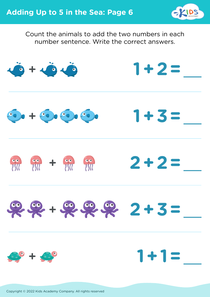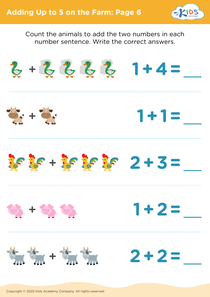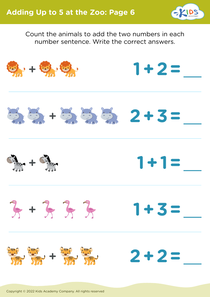Visual perception Adding in the Forest Worksheets for Ages 4-6
4 filtered results
-
From - To
Enhance your child's visual perception skills with our engaging "Adding in the Forest Worksheets" designed for ages 4-6. These worksheets combine vibrant forest-themed illustrations with fun math challenges, making learning addition exciting and interactive. As children explore adorable woodland creatures, they will develop crucial visual-spatial skills while practicing addition at their own pace. Each activity encourages kids to recognize patterns, focus on details, and improve problem-solving abilities. Perfect for home or classroom use, these worksheets provide endless opportunities for learning and creativity. Give your child a head start in math with our delightful and educational resources!
Visual perception is essential for young children's development, especially for ages 4-6, as it forms the foundation for many learning experiences. During this critical age, children are honing skills that will impact their reading, writing, and overall academic success. By engaging in activities like "Adding in the Forest," they can enhance their ability to perceive and interpret visual information.
Teachers and parents should care about visual perception because it supports children in recognizing shapes, patterns, and letters, which are crucial skills for literacy. The "Adding in the Forest" activity, where children visually process elements of nature to incorporate math concepts, links visual recognition with hands-on learning, making abstract ideas more relatable and memorable.
Additionally, strong visual perception aids in developing spatial awareness and fine motor skills, which are significant when tackling complicated tasks like drawing or manipulating objects. Engaging in such activities nurtures critical thinking, problem-solving, and creativity. Ultimately, fostering visual perception not only enriches children's educational experiences but also equips them with essential life skills to navigate through their world confidently and competently. Supporting these skills can lead to greater success in subsequent learning stages.

